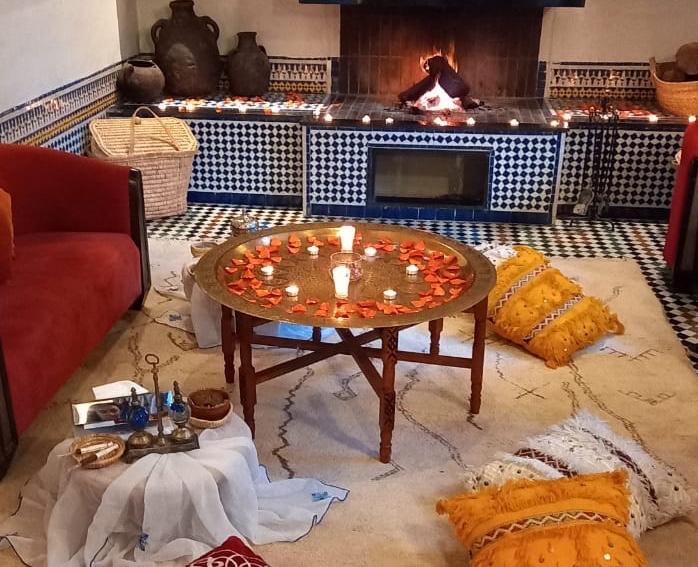What is henna?
Henna is a small tree, and its leaves contain a dye which stains your skin – similar to turmeric or beets. However, with Moroccan henna, the dye molecule (lawsone) binds to the keratin in your skin, which makes it a permanent stain. It’s been used to dye the hair, nails and skin for thousands of years.

Origin of Henna
The art of henna has been practiced for over 5000 years in Pakistan, India, Africa, and the Middle East; Because henna has natural cooling properties, people of the desert, for centuries, have been using henna to help control their body temperature. They would make a paste from the crushed dried leaves of the henna plant and soak their palms and soles in it to get a cooling effect. The cooling sensation was felt throughout the body for as long as the henna stain remained on their skin. Initially, as the stain faded away, it left patterns on the skin’s surface which led to ideas of making designs for decorative purposes.
Henna was a popular accessory for the rich and the poor, who could not afford jewelry, so they used it to decorate their bodies.
Moroccan cultural Uses of Henna:
Henna is used in Morocco for many reasons including:
- Celebrations like weddings, baby blessings, holidays & birthdays
- Beauty and adornment – a form of jewelry or body decoration
- Cosmetic treatment – e.g. cover up for a scar/tattoo
- Blessings & well-being – blessing a new bride or a new child
- Alternative or precursor to a tattoo
- Henna can be used for hair, skin and nails; it is one of the few materials found in nature that has an affinity with the hair’s keratin, meaning it gives amazing lasting color without the need for a chemical mordant which ‘fixes’ the color in place.
- In addition to hair and temporary tattoos. Henna can be applied to fingertips as an orange-light brown nail polish that lasts as long as the nail is there. On nails, it helps strengthening the nails and is best for fungal infections and most importantly is natural and safe.
Furthermore, Henna works on all skin types and colors. It looks just as beautiful on dark skin as it does light skin. Nevertheless, henna is a symbol of beauty, art, and happiness and is meant for everyone!
How long do henna stains last?
The designs generally last from 1-4 weeks on the skin surface depending on the henna, care, and skin type. The palms. Soles of the feet and other rough areas like the knuckles stain the darkest. The stain on the hands fades away the fastest from continued washing and can last up to two weeks. The forearms and lower legs and ankles last the longest and go up to 4 weeks, sometimes longer! In areas where there are less keratinized cells, the henna will stain the lightest and will disappear faster. These areas include the upper arms, back, tummy, chest, face, etc.
Moroccan Henna Parties at Palais Amani:
What seems like simple skin treatment, has developed over time to have a number of significant cultural significations and codes. Beginning to understand how these rituals work gives you a deepened insight into the complexity of Moroccan culture. By joining us at a Moroccan Henna party at the Palais Amani. You will learn about the cultural meaning of henna. And experience the beauty of traditional Henna skin art, in a beautiful setting. It is an ideal activity for both children and adults alike. And a not to be missed experience when staying in Fez. The Moroccan Henna Parties and Palais Amani are open to both residents and non-residents alike. For more information or to book, please email at reservations@palaisamani.com
Loubna El Bouchikhi,
Experience Coordinator at the Palais Amani


